The admirable Douglas Britt at the Houston Chronicle reports on a one-night show in a funeral home. What will these “visionary” Houston artists think of next?
Seattle’s Charles Krafft had a show in a funeral home in 2003, and not, as in Houston, by hanging portraits on the wall. Krafft’s art in a dead house was made from the dead:
He’s making urns from human ashes, following a formula Josiah Spode invented in 1797, producing fine English china glaze by adding calcinated cow bone to the company’s clay mixture. (more)
As Larry Reid likes to say, “Ashes to ashes, dust to Delft.” Then there’s Seattle’s Greg Lundgren, who has turned art & death into a business. Excellent Brendan Kiley story on Lundgren here.
On the other hand, when it comes to turning out the living for a show in a funeral parlor, Houston has Seattle beat. I don’t remember seeing any major collectors or curators at the opening of Krafft’s show at Mount Pleasant Cemetery.



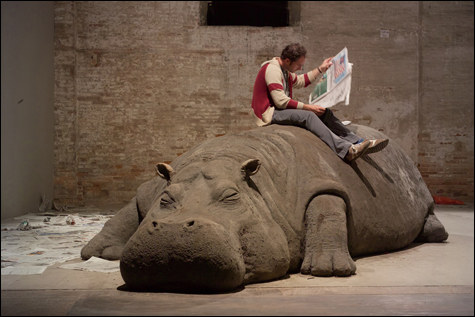
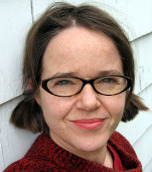 From the Seattle Weekly:
From the Seattle Weekly:


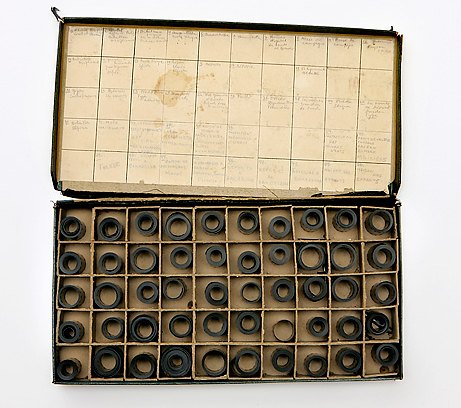
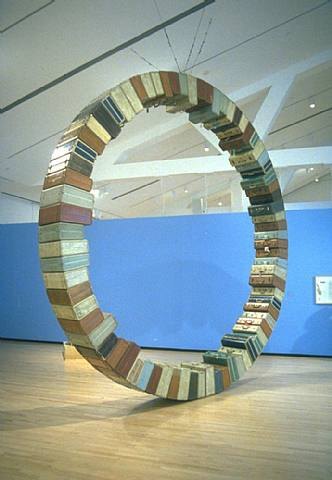
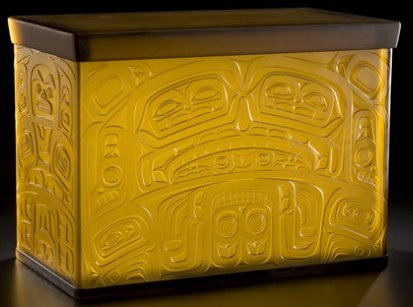
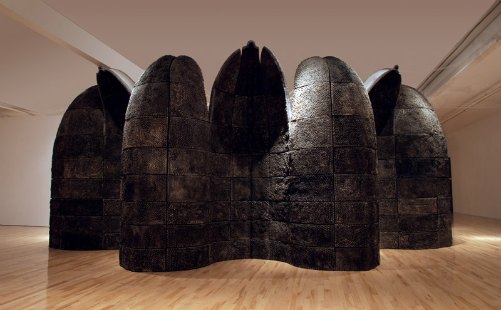 After its exhibition at
After its exhibition at 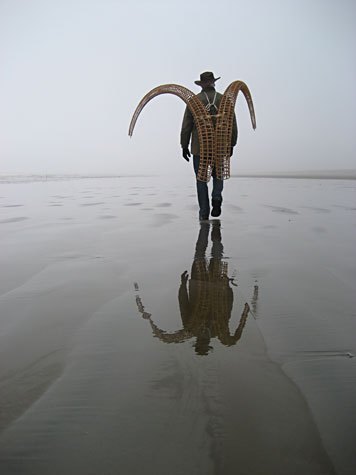 But Pethick had a better idea of what works in a gallery. He tended to keep the inside and outside separate. Not for him would be Grade’s forlorn and drab grouping of dark husks in a gallery. Disintegrating in nature (entirely biodegradable, by the way) Circuit is bound to produce a more interesting series of photos, at the least.
But Pethick had a better idea of what works in a gallery. He tended to keep the inside and outside separate. Not for him would be Grade’s forlorn and drab grouping of dark husks in a gallery. Disintegrating in nature (entirely biodegradable, by the way) Circuit is bound to produce a more interesting series of photos, at the least.  Rexroth:
Rexroth: A 20-year survey of her work is at the
A 20-year survey of her work is at the 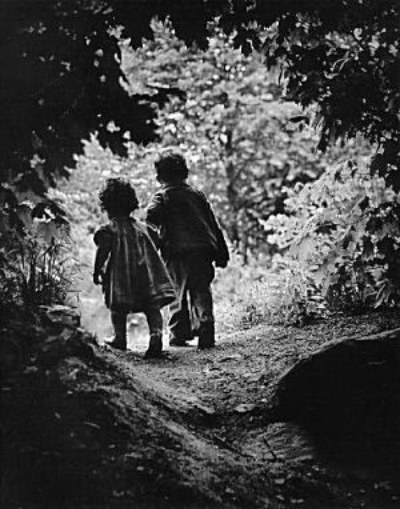 Blakemore strips the image of its sentimentality, its holy hush. She lights the before of the passage as well as the after and lays a whip strap of a shadow across the boy’s back.
Blakemore strips the image of its sentimentality, its holy hush. She lights the before of the passage as well as the after and lays a whip strap of a shadow across the boy’s back. 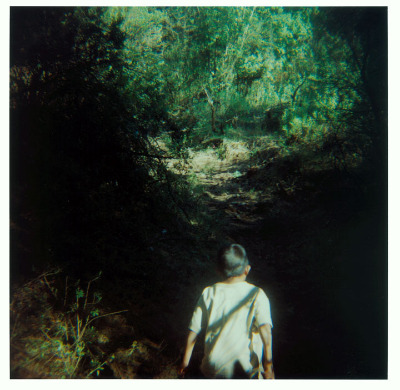 A shadow expands to cover most of her mother’s stoic face but everything is visible inside it. The composition centers on a tension-release narrative, as the hands of the man holding the wheelchair are white along their edges. (Although he’s the one driving her into the dark, she’s ready and he’s not.)
A shadow expands to cover most of her mother’s stoic face but everything is visible inside it. The composition centers on a tension-release narrative, as the hands of the man holding the wheelchair are white along their edges. (Although he’s the one driving her into the dark, she’s ready and he’s not.)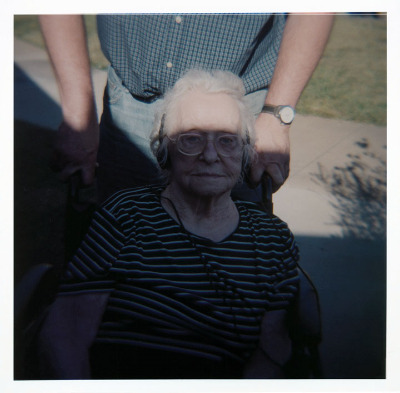 In spirit, her work is closest to
In spirit, her work is closest to  Both Blakemore and Goldberg relate to the final lines of John Cheever’s
Both Blakemore and Goldberg relate to the final lines of John Cheever’s 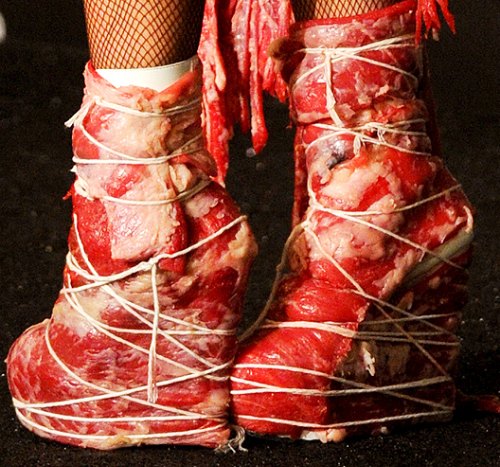 People for the Ethical Treatment of Animals (
People for the Ethical Treatment of Animals (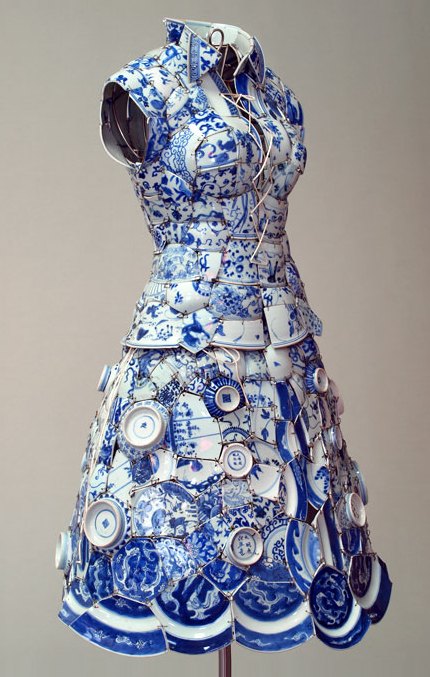 I also like the hat, via
I also like the hat, via 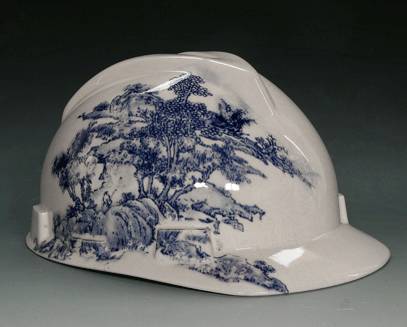
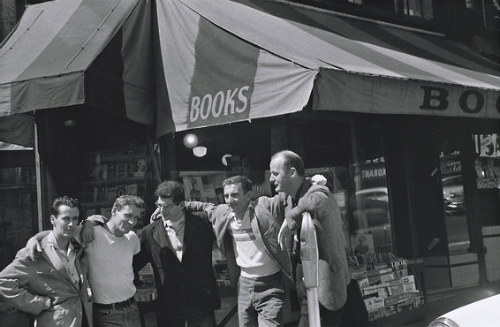 When was it taken? In
When was it taken? In  Standing in the parking lot, we’re sitting on the edge of our imaginary seats. As befits everyone’s busy schedule, we enjoy the beginning and end without having to suffer through the middle. The curtain offers what
Standing in the parking lot, we’re sitting on the edge of our imaginary seats. As befits everyone’s busy schedule, we enjoy the beginning and end without having to suffer through the middle. The curtain offers what  In the video gallery,
In the video gallery, 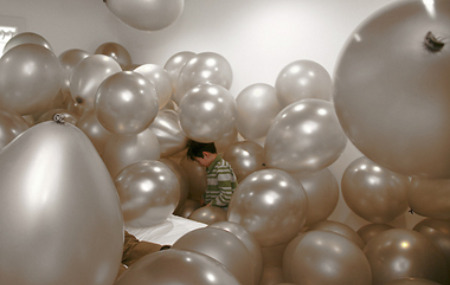 About that light going on and off (Work No. 227) –
About that light going on and off (Work No. 227) – 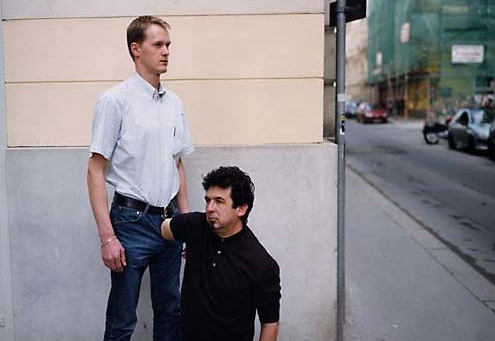 By solitude:
By solitude: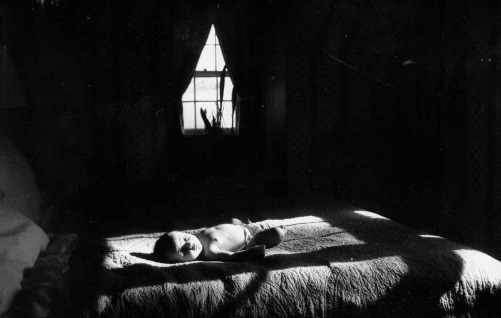 By force:
By force: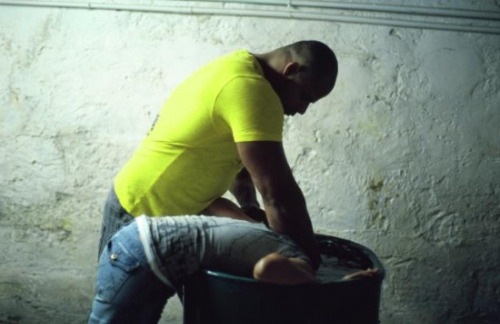 By restriction:
By restriction: By projection:
By projection: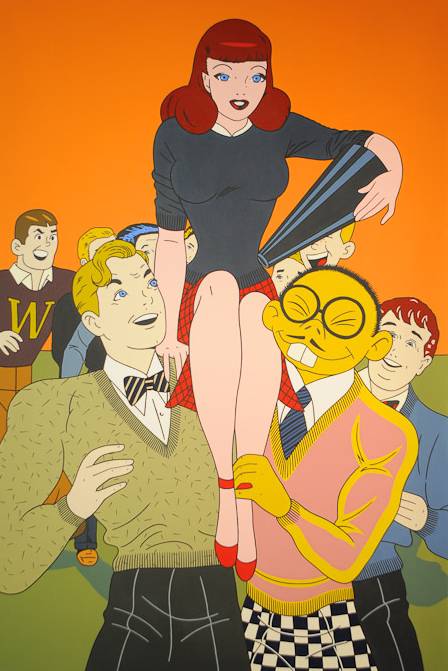 By an excess of self-regard: (USA! USA!)
By an excess of self-regard: (USA! USA!)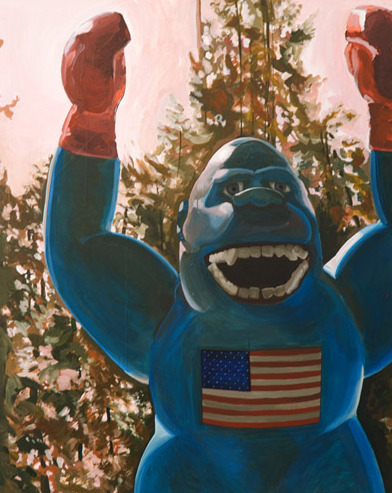 By bad choices:
By bad choices:  By malign intent:
By malign intent: